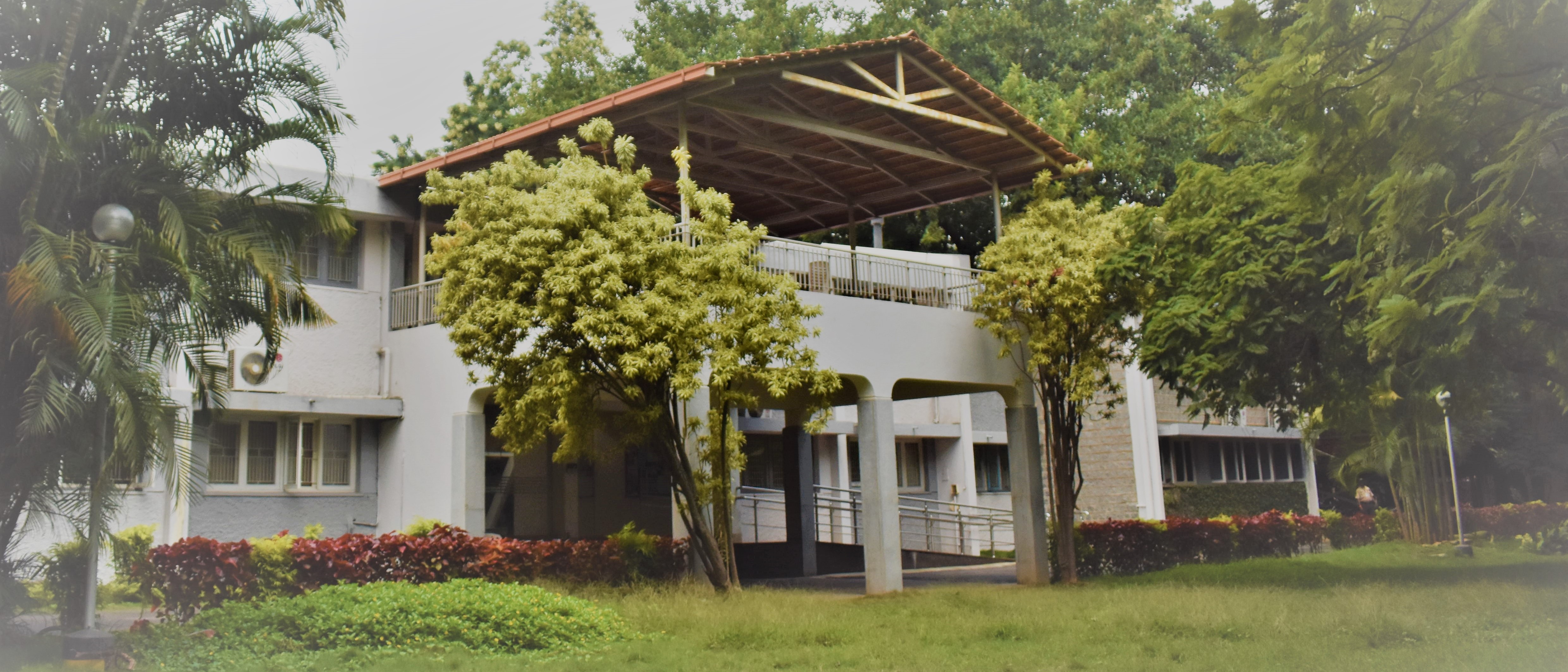Understanding the Brain
The Centre for Neuroscience was established in the centenary year of IISc with the vision of having experts from diverse fields working together to tackle the challenges of neuroscience. The brain is a fascinatingly complex organ, and an inter-disciplinary approach is best suited to understand the myriad intricacies of brain function. As a testimony to that, the primary faculty at the centre range from biologists & chemists to engineers & physicists. The adjunct faculty comprises researchers from different departments of the institute as well as various clinical centres in Bangalore.
The centre has advanced imaging techniques for visualizing neural function. Multi-photon imaging is used to study neural processes involved in learning and memory formation by Balaji Jayaprakash’s group.
The work in Deepak Nair’s lab attempt to dissect the fundamental role of dynamic nanoscale organization of synaptic molecules in how synapse process and relay information. To achieve this, we follow an interdisciplinary research paradigm at the interface of high-end microscopy, molecular biology, and cellular neuroscience. In order to comprehend the role of spatial heterogeneity in synapses, it is important to determine structural organization of molecular components of nano sized protein domains. State of the art Super-resolution imaging based on single molecule-based techniques (STORM, PALM) will be used to observe the real-time organization of these complexes in live cells at 10-50nm in combination with single cell gene editing in neurons and human neurons derived from patients with neurological or neurodegenerative disorders. The outcome is expected to provide a structural basis for real-time molecular organization in synaptic transmission contributing to higher order cognitive processes in health and disease.
Kavita Babu’s laboratory uses the small free-living nematode, Caenorhabditis elegans to understanding the molecular mechanisms underlying synaptic function. They are trying to get insight into the signaling role of cell adhesion molecules at the neuromuscular junction and are also interested in understanding the molecular basis of various locomotory behaviors in C. elegans. Tools and techniques used in Kavita’s lab include genetics, molecular biology, imaging experiments, behavioral assays optogenetics and CRISPR-Cas9 based gene modifications.
Stepping barefoot on a pin is excruciatingly painful and evokes an intense and immediate physical reaction as well as an emotional response. We rub our feet where it hurts, we scream in pain, we move away from the spot to avoid experiencing the pain a second time. We also remember the spot on the floor where the pin was, and we try to avoid walking there again until we know there are no more pins lying around. In essence, all of our physical and mental capacities are overtaken momentarily by a relatively inconsequential event. Arnab Barik’s group seeks to understand how small groups of neurons in the brain are able to drive specific aspects of such defensive behaviours. How do these neurons receive the painful information? What are the molecular characteristics of these neurons? What are their anatomical architectures? How do these neurons communicate with the rest of the nervous system? Arnab Barik’s lab intends to answer these questions by taking advantage of molecular and optical tools to manipulate behaviour, map circuits, and record neural activity in mice.
Fundamental cognitive processes like neural control of action and neural mechanisms of object recognition are studied using electrical recordings from the brain, behavioral experiments and computational approaches. Work done by Aditya Murthy’s group in understanding these mechanisms will help comprehend the pathogenesis in conditions where motor control is compromised, resulting in motor abnormalities e.g. Parkinson’s disease.
When it comes to object recognition, no computer algorithm, as of today, matches human performance and yet, very little is known about the processes using which the brain performs object recognition. S P Arun’s lab is tackling this puzzle.
Supratim Ray’s lab works on how we focus our attention, which is our ability to focus on interesting and relevant information the brain receives from the sense organs, while ignoring irrelevant information. His lab focuses on a particular brain rhythm called “gamma”, which is modulated by high-level cognition such as attention and meditation and is diminished in people suffering from mental disorders such as Alzheimer’s Disease.
Sridhar Devarajan’s group studies how cognitive phenomena, such as attention and decision making, emerge in the brain. For this they use neuroimaging (including functional MRI and EEG) as well as neurostimulation (TMS, tACS) in human participants performing complex attention tasks.
Srikanth Padmala’s group focuses on understanding how emotional and motivational factors influence perception and cognition at multiple levels: brain, behaviour, and physiology. To probe these interactions, his lab uses behavioural paradigms in combination with high-resolution functional MRI and physiological skin conductance recording.
We take for granted our ability to solve almost any complex task through consistent and diligent practice – be it learning how to ace a tennis serve or plan an optimal chess move. Yet we understand very little about how our brains pull off these remarkable feats of learning that surpass the capabilities of any extant computer algorithm. Ashesh Dhawale’s group seeks to understand the neural mechanisms underlying the learning of complex behaviours by taking advantage of high-throughput automated methods to train, record and manipulate neural activity in behaving rodents.
The young and growing centre has still many paths to traverse, but one can certainly hope that with such a vibrant interdisciplinary and collaborative effort, the research at the Centre for Neuroscience will unravel some of the many mysteries of the human brain.


